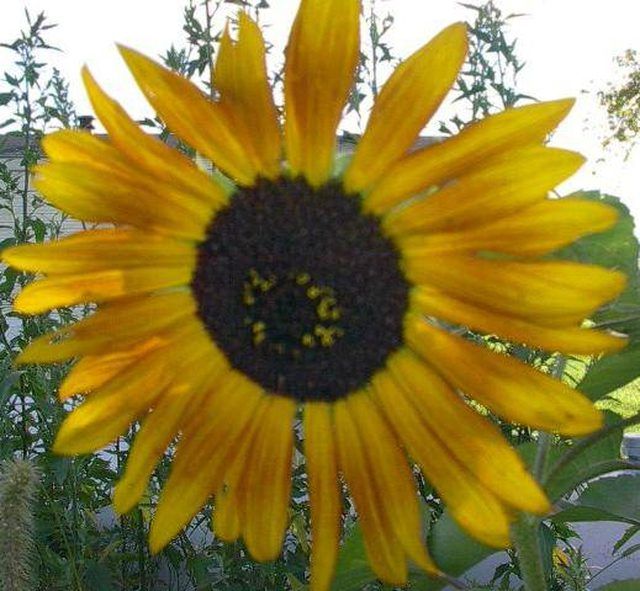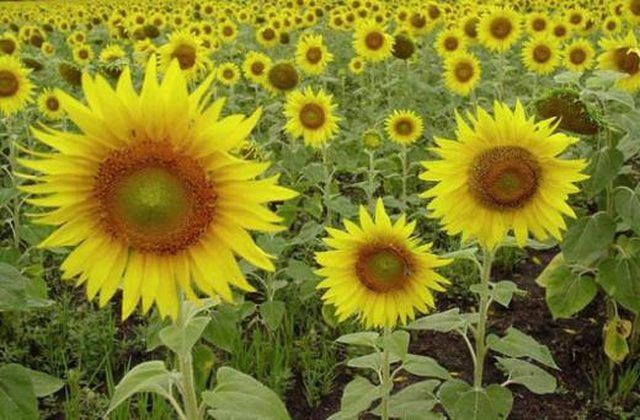Bulbs
Flower Basics
Flower Beds & Specialty Gardens
Flower Garden
Garden Furniture
Garden Gnomes
Garden Seeds
Garden Sheds
Garden Statues
Garden Tools & Supplies
Gardening Basics
Green & Organic
Groundcovers & Vines
Growing Annuals
Growing Basil
Growing Beans
Growing Berries
Growing Blueberries
Growing Cactus
Growing Corn
Growing Cotton
Growing Edibles
Growing Flowers
Growing Garlic
Growing Grapes
Growing Grass
Growing Herbs
Growing Jasmine
Growing Mint
Growing Mushrooms
Orchids
Growing Peanuts
Growing Perennials
Growing Plants
Growing Rosemary
Growing Roses
Growing Strawberries
Growing Sunflowers
Growing Thyme
Growing Tomatoes
Growing Tulips
Growing Vegetables
Herb Basics
Herb Garden
Indoor Growing
Landscaping Basics
Landscaping Patios
Landscaping Plants
Landscaping Shrubs
Landscaping Trees
Landscaping Walks & Pathways
Lawn Basics
Lawn Maintenance
Lawn Mowers
Lawn Ornaments
Lawn Planting
Lawn Tools
Outdoor Growing
Overall Landscape Planning
Pests, Weeds & Problems
Plant Basics
Rock Garden
Rose Garden
Shrubs
Soil
Specialty Gardens
Trees
Vegetable Garden
Yard Maintenance
How to Care for a Sunflower
How to Care for a Sunflower. Sunflowers, from the small to the tall, worship their namesake and bring joy to people of all ages. There are fifty species of sunflower, native to the United States. Ranging in color from the brightest yellow to the deepest red, sunflowers carry such romantic names as "Irish Eyes" and "Velvet...
Sunflowers, from the small to the tall, worship their namesake and bring joy to people of all ages. There are fifty species of sunflower, native to the United States. Ranging in color from the brightest yellow to the deepest red, sunflowers carry such romantic names as "Irish Eyes" and "Velvet Queen". Whether used to create a summer hideaway for children or cut for vibrant arrangements, sunflowers are easy to grow, maintain and use to liven up the dullest of landscapes. Here are some things you need to know about caring for sunflowers.

Things You'll Need
Sun
Stakes
Mulch
Fertilizer or manure (for the soil)
Step 1
Start caring for your sunflowers before you ever plant the first seed. Pick a location with well-drained soil and full access to the sun. While sunflowers can grow in a variety of soil conditions, you will want the best-prepared soil in order to help your sunflowers thrive and grow to their full potential. Add compost, manure and other organic matter to the soil before planting seeds, and also mix in some sand to increase drainage.

Step 2
Give your sunflowers the space they need to grow. When planting, space seeds 12 inches apart, at the very least. You might also want to plant stakes at this point, to avoid damaging roots after the sunflowers are in full growing mode. Keep in mind, sunflowers have a one track mind--they think about sun, sun and more sun. They follow the sun's path, and as such generally grow up to face the east, no matter where they are planted. So, if you're planting location is facing west, you'll be seeing the backsides of your sunflowers much of the time.

Step 3
Forget shade. Sunflowers abhor the shade, and will not thrive when located anywhere near it. They need the sunlight and will seek it out, thus growing long, weak stems that will eventually fall to the ground.

Step 4
Fertilize sunflowers, especially those in poor soil, with time-release granular fertilizer to encourage fuller growth. To promote a larger seedhead, add some extra fertilizer when the seedhead begins developing.

Step 5
Water sunflowers according to soil conditions. For the 20-day period before and after flowering, water sunflowers regularly. For soil that contains lots of organic matter and nutrients, you will only need to water when it has not rained for more than a week. For sunflowers planted in poor soil, water several times a week.

Step 6
Protect sunflowers with mulch, grass clippings, straw and peat moss. Do not use peat moss alone, however, as it may solidify and repel water. To protect seedheads from birds and squirrels, cover flowers when they start to droop with polyspun garden fleece or fine netting. Watch for signs of fungal diseases such as rust or downey mildew. Use a fungicide to protect and kill off these diseases in the early stages. For severely damaged flowers, you will need to remove and destroy them immediately to prevent spread of the disease.
